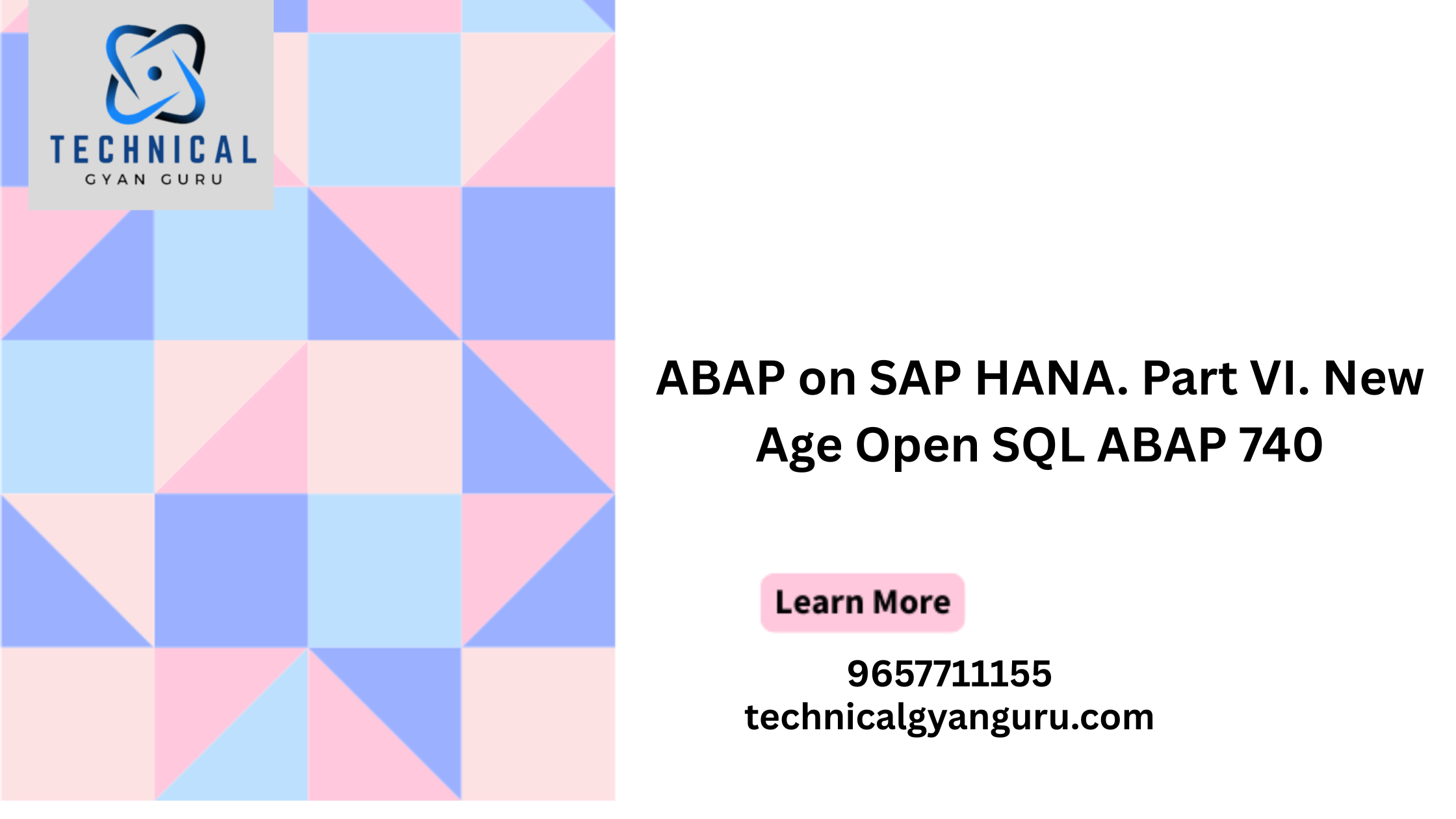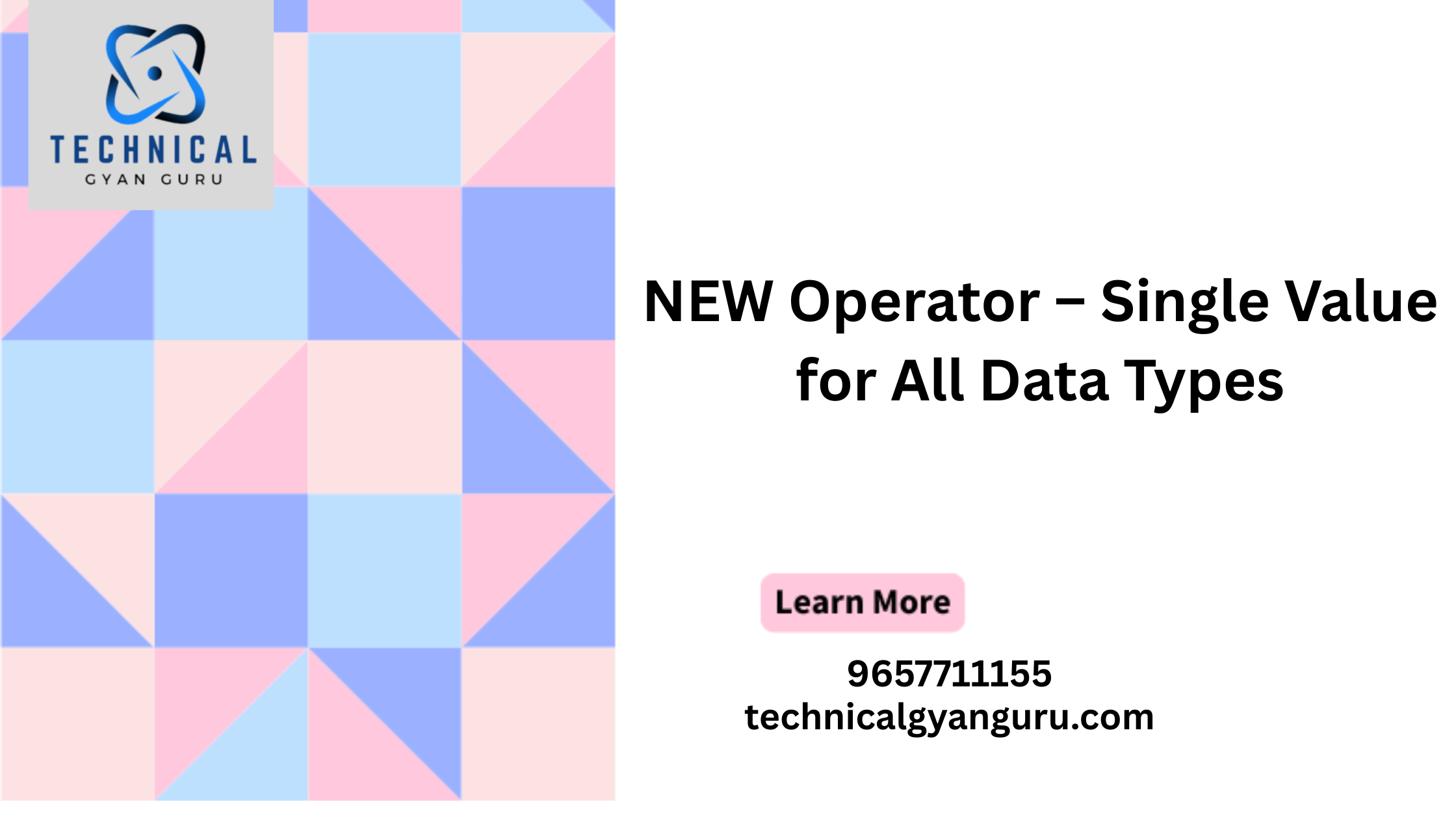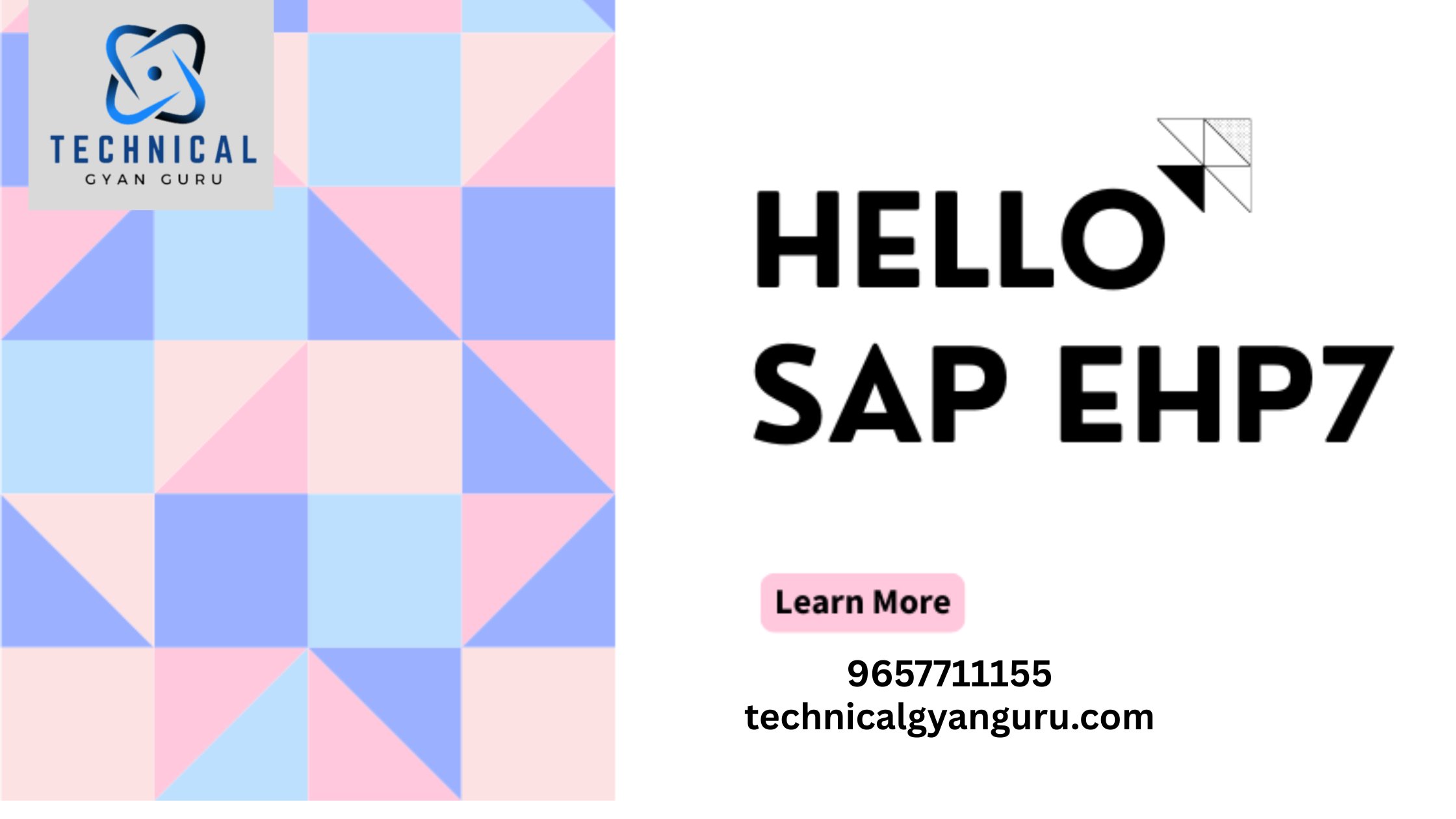
Introduction: SAP Advanced Business Application Programming (ABAP) has been a staple in enterprise software development for decades. However, as businesses increasingly move their IT infrastructure to the cloud, the role of ABAP is evolving to embrace the latest trends and technologies. In this blog, we’ll explore the future trends and evolving technologies in ABAP in the cloud, highlighting how they are reshaping the landscape of enterprise software development.
Cloud-Native ABAP Development
Traditionally, ABAP has been associated with on-premises SAP systems. However, with the cloud’s flexibility and scalability, cloud-native ABAP development is gaining momentum. This approach allows developers to build and deploy ABAP applications directly in the cloud, taking full advantage of cloud-native features like microservices, serverless computing, and containerization. Cloud-native ABAP development promotes agility, scalability, and resource efficiency.
Integration with Modern Front-End Technologies
The user interface landscape is evolving rapidly, with web and mobile applications becoming increasingly prevalent. To stay relevant, ABAP is evolving to seamlessly integrate with modern front-end technologies like React, Angular, and Vue.js. This enables developers to create responsive, user-friendly interfaces while still leveraging the power of ABAP for complex backend logic.
AI and Machine Learning Integration
As organizations seek to derive actionable insights from their data, ABAP is adapting to integrate with artificial intelligence (AI) and machine learning (ML) technologies. This allows ABAP applications to harness the predictive and analytical capabilities of AI/ML, enhancing decision-making, automating routine tasks, and improving overall efficiency.
Serverless Computing and Event-Driven Architectures
Serverless computing, coupled with event-driven architectures, is transforming the way applications are built and deployed. ABAP is embracing this trend by enabling developers to build event-driven ABAP applications that can automatically scale based on demand. This approach minimizes infrastructure management and optimizes resource utilization.
DevOps and Continuous Integration/Continuous Deployment (CI/CD)
DevOps practices are becoming standard in the world of software development, and ABAP is no exception. Organizations are adopting CI/CD pipelines for ABAP to streamline development, testing, and deployment processes. This allows for faster release cycles, improved code quality, and enhanced collaboration between development and operations teams.
Advanced Analytics and Big Data Processing
ABAP is evolving to handle large volumes of data and perform advanced analytics. With integration into SAP HANA and cloud-based big data platforms, ABAP can process and analyze vast datasets efficiently. This capability is particularly valuable for industries that rely on data-driven insights, such as finance, healthcare, and retail.
Security and Compliance Enhancements
As cybersecurity threats continue to evolve, ABAP in the cloud is focusing on strengthening security and compliance measures. This includes implementing advanced encryption techniques, enhancing identity and access management, and providing auditing and monitoring tools to ensure data integrity and regulatory compliance.
Conclusion
The future of ABAP in the cloud is exciting and dynamic, driven by a combination of evolving technologies and changing business needs. Cloud-native development, integration with modern front-end technologies, AI/ML capabilities, serverless computing, DevOps practices, advanced analytics, and enhanced security measures are shaping the future of ABAP. As organizations continue to digitally transform and adapt to a rapidly changing landscape, ABAP remains a vital tool that evolves to meet new challenges and opportunities, making it a cornerstone of innovation in enterprise software development. Embracing these trends will position businesses for success in the digital era and ensure that ABAP continues to play a pivotal role in their technology stack.







